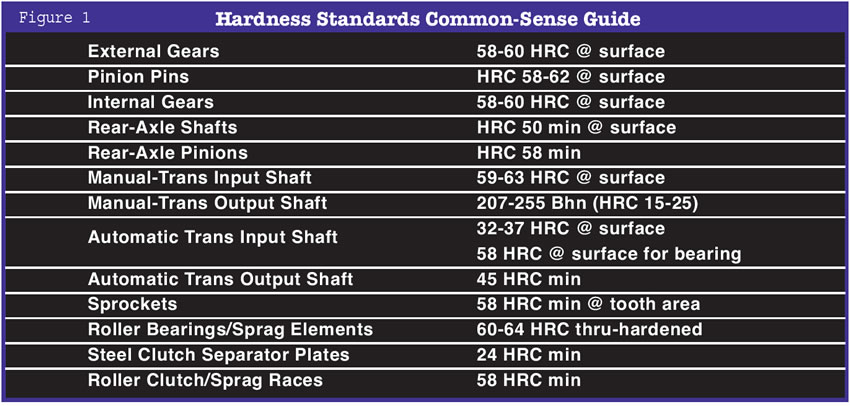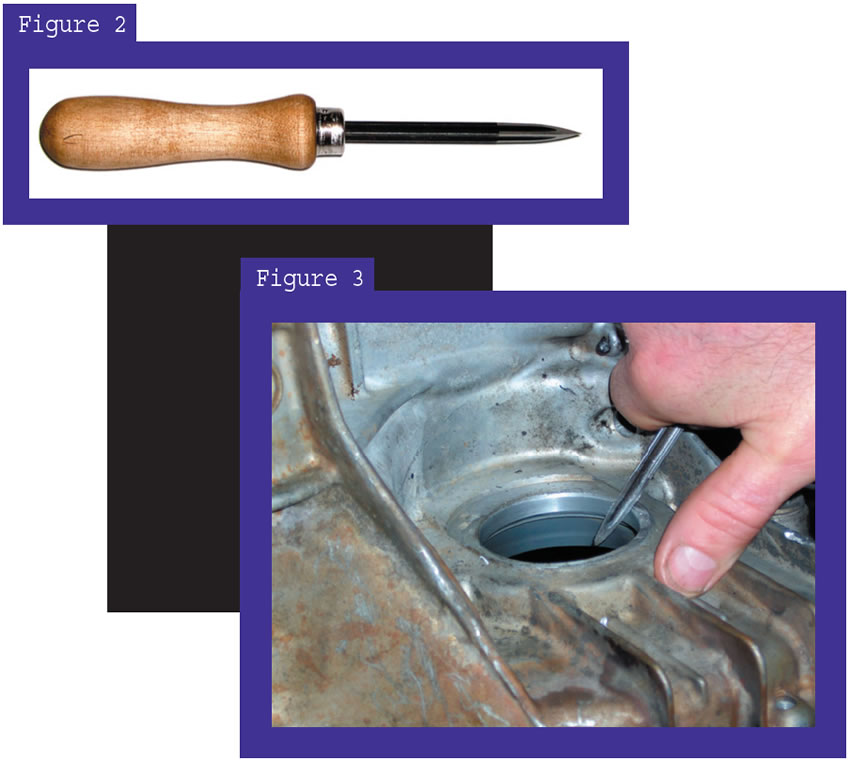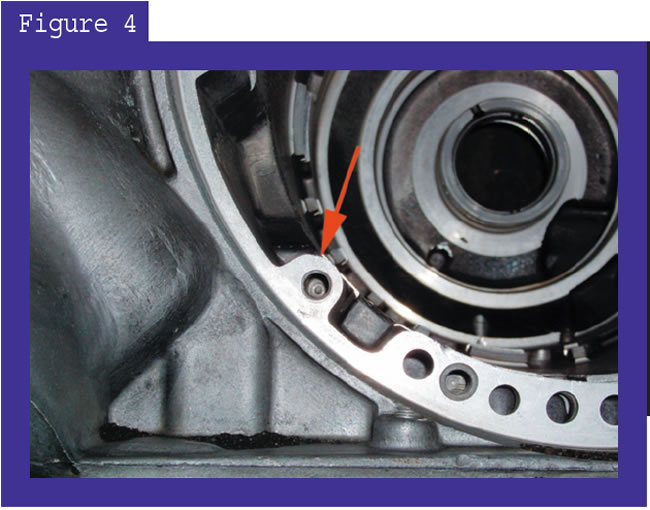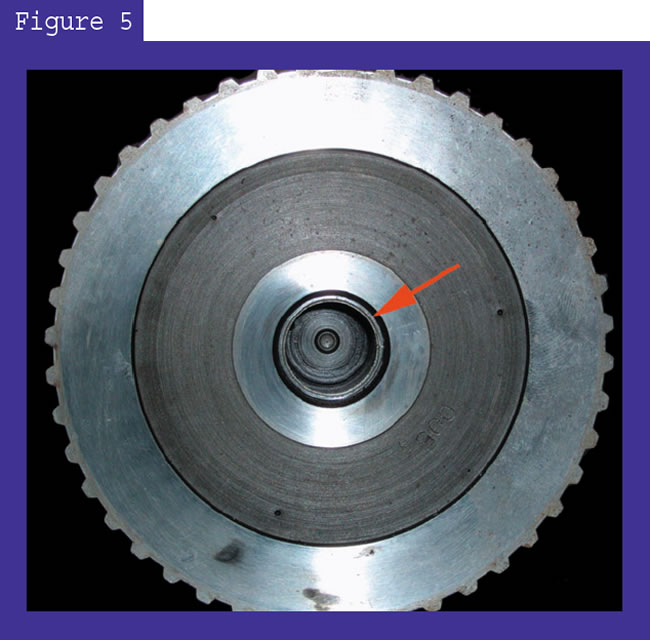
TASC Force Tips
- Author: Ed Lee, Deltrans
Hardness-testing Files
One of the responsibilities of a reputable transmission shop is to prevent problems before they occur. Checking the quality of the parts that are going into the transmission is one way to achieve this. Checking the hardness of the metal parts is an important part of this process.
Most transmission shops are not able to spend the $1,000 to $3,000 for a Rockwell tester; however, reasonably priced alternatives are available. Hardness files are a quick and easy-to-use option. These files range in price between $85 and $95 and may be found as low as $70 on sale. They are available through regular supply companies – McMaster-Carr and Manhattan Supply, to name just two.
There are six different files ranging from 40 to 65 Rockwell and complete how-to-use instructions, including a chart to convert both Rockwell C and Vickers scales. You may use this “Hardness Standards Common-Sense Guide” to check your transmission parts (see Figure 1).

One example of hardness-testing files’ preventing problems came from a shop, which reported finding the sprag race on an A4LD OD planet with a 37-38 Hardness Rockwell C (HRC). From the chart you can see that the hardness should have been about 58 HRC. If you send a vehicle out the door with an A4LD OD-planet sprag race with a 37-38 HRC, your concerns go from worrying whether the transmission will last until the end of the warranty period to worrying whether your customer will make it home.
Deburring Tools
A deburring tool is about the size of an oyster knife. It also looks like an oyster knife with the exception of the three-sided blade (see Figure 2). It is used to remove the high spots on bushings and other metal parts, both steel and aluminum. You can buy a deburring tool from your regular supplier for about $15 complete. If you would like your deburring tool to match the rest of your tools, buy just the blade and then get a universal handle from the local tool dealer. Universal handles usually cost about $6.

One example of a use for a deburring tool is to dress up the lead-in surface when you’re installing a seal. Quite often the surface is distorted during seal removal. Figure 3 shows the proper use of the tool performing this task.
Another place to consider using this tool is on the surface of the case where the pump sits. On some occasions high spots are raised on this surface when the band is pried out of the case (see Figure 4).

Deburring tools are also handy when you’re working with bushings in general. Even if you use a bushing driver and/or an arbor press to install your bushings, it is still possible to mushroom the top of the bushing (see Figure 5). Use the deburring tool as if you were peeling the skin from an apple to re-dress the top bushing surface. This should make whatever rides in the bushing fit better the first time you try it.

I hope these tools will help to eliminate some future problems.

The TASC Force (Technical Automotive Specialties Committee) is a group of recognized industry technical specialists, transmission rebuilders and Sonnax Industries Inc. technicians.













